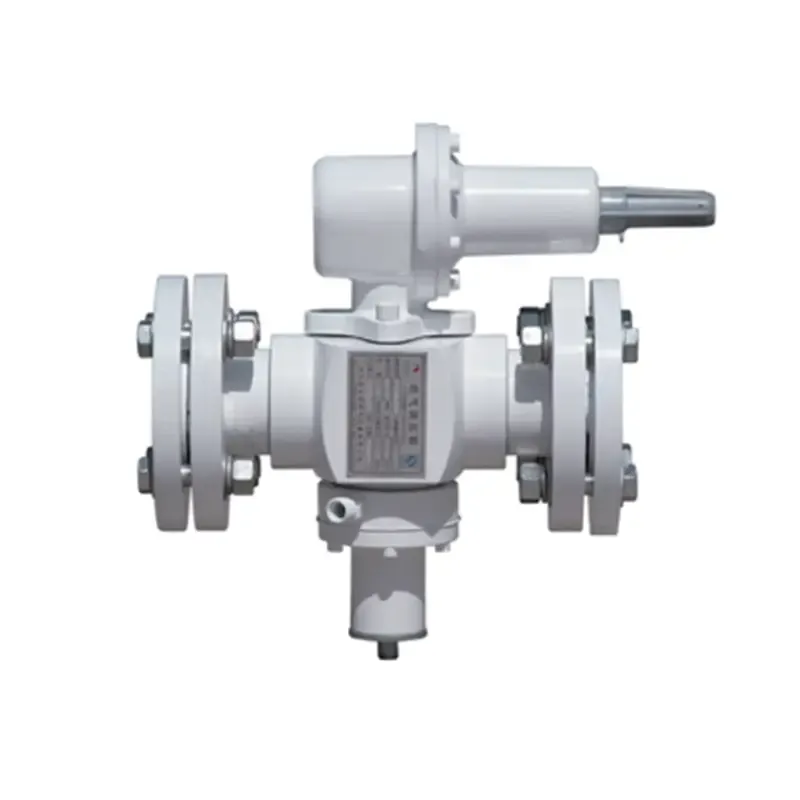
Nov . 12, 2024 16:18
Back to list
pressure reducer
Understanding Pressure Reducers Essential Components in Fluid Systems
Pressure reducers are critical devices used in various applications to regulate and lower the pressure of fluids in pipelines. Employed in numerous industries, including oil and gas, water treatment, and manufacturing, these devices ensure that systems operate safely and efficiently. In this article, we will explore the function, types, benefits, and applications of pressure reducers, emphasizing their importance in modern fluid management systems.
What is a Pressure Reducer?
A pressure reducer, also known as a pressure regulator, is a mechanical device that decreases the pressure of a fluid, typically a gas or liquid. By transforming high-pressure fluid into a lower, more manageable pressure, these devices protect downstream equipment, enhance system efficiency, and maintain safety standards. Pressure reducers work by employing various mechanisms to moderate the fluid’s pressure, ensuring consistent performance.
How Do Pressure Reducers Work?
The operation of a pressure reducer relies on several fundamental principles. When a high-pressure fluid enters the device, it flows through a diaphragm or piston that senses the downstream pressure. If the downstream pressure exceeds a predetermined set point, the device automatically adjusts to restrict the flow or vent excess pressure. Conversely, when the pressure drops below the set point, the valve opens to allow more fluid to flow, thereby stabilizing the pressure.
There are several designs for pressure reducers, including spring-loaded regulators, pilot-operated regulators, and electronic controllers. Each design has specific advantages and is suited for different applications. For instance, spring-loaded regulators are straightforward and cost-effective, while pilot-operated regulators offer greater precision and adaptability.
Types of Pressure Reducers
Pressure reducers come in various types, each tailored for specific uses
1. General-Purpose Pressure Regulators These are the most common types, suitable for a wide range of applications, including water, gas, and air.
2. High-Pressure Reducers Designed to handle extreme pressures, these reducers are critical in industrial settings, particularly in gas distribution systems.
4. Specialized Pressure Regulators Tailored for unique environments, such as corrosive or high-temperature applications, these regulators ensure safe and effective operation under challenging conditions.
Benefits of Using Pressure Reducers
pressure reducer

Integrating pressure reducers into fluid systems offers several advantages
- Safety By controlling excessive pressure, pressure reducers prevent potential hazards such as explosions or system failures.
- Efficiency Optimizing pressure levels reduces energy consumption and enhances overall system performance.
- Equipment Protection Maintaining the correct pressure prevents damage to downstream equipment, prolonging its lifespan and reducing maintenance costs.
- Consistency Pressure reducers provide stable output pressure, ensuring that processes remain consistent, which is crucial for quality control in manufacturing and processing environments.
Applications of Pressure Reducers
Pressure reducers are employed across diverse sectors, showcasing their versatility
- Oil and Gas Industry In upstream and downstream operations, pressure reducers manage the transport of crude oil and natural gas, ensuring safety and efficiency.
- Water Treatment Facilities They help regulate water pressure in treatment plants, maintaining optimal conditions for filtration and purification processes.
- Manufacturing In production lines, pressure reducers maintain consistent pressure for pneumatic systems, influencing the performance of machinery.
- Laboratories They ensure that experiments requiring gas or liquid inputs operate under precise conditions, which is critical for accurate results.
Conclusion
Pressure reducers play an essential role in fluid management systems, enhancing safety, efficiency, and reliability across various industries. As technology advances, the designs and capabilities of these devices continue to evolve, bringing new possibilities for application and performance. Understanding and utilizing pressure reducers effectively can have a profound impact on operational success and safety in any fluid system. Whether in industrial settings or everyday applications, pressure reducers are key components that cannot be overlooked.
Next:
Latest news
-
Safety Valve Spring-Loaded Design Overpressure ProtectionNewsJul.25,2025
-
Precision Voltage Regulator AC5 Accuracy Grade PerformanceNewsJul.25,2025
-
Natural Gas Pressure Regulating Skid Industrial Pipeline ApplicationsNewsJul.25,2025
-
Natural Gas Filter Stainless Steel Mesh Element DesignNewsJul.25,2025
-
Gas Pressure Regulator Valve Direct-Acting Spring-Loaded DesignNewsJul.25,2025
-
Decompression Equipment Multi-Stage Heat Exchange System DesignNewsJul.25,2025

